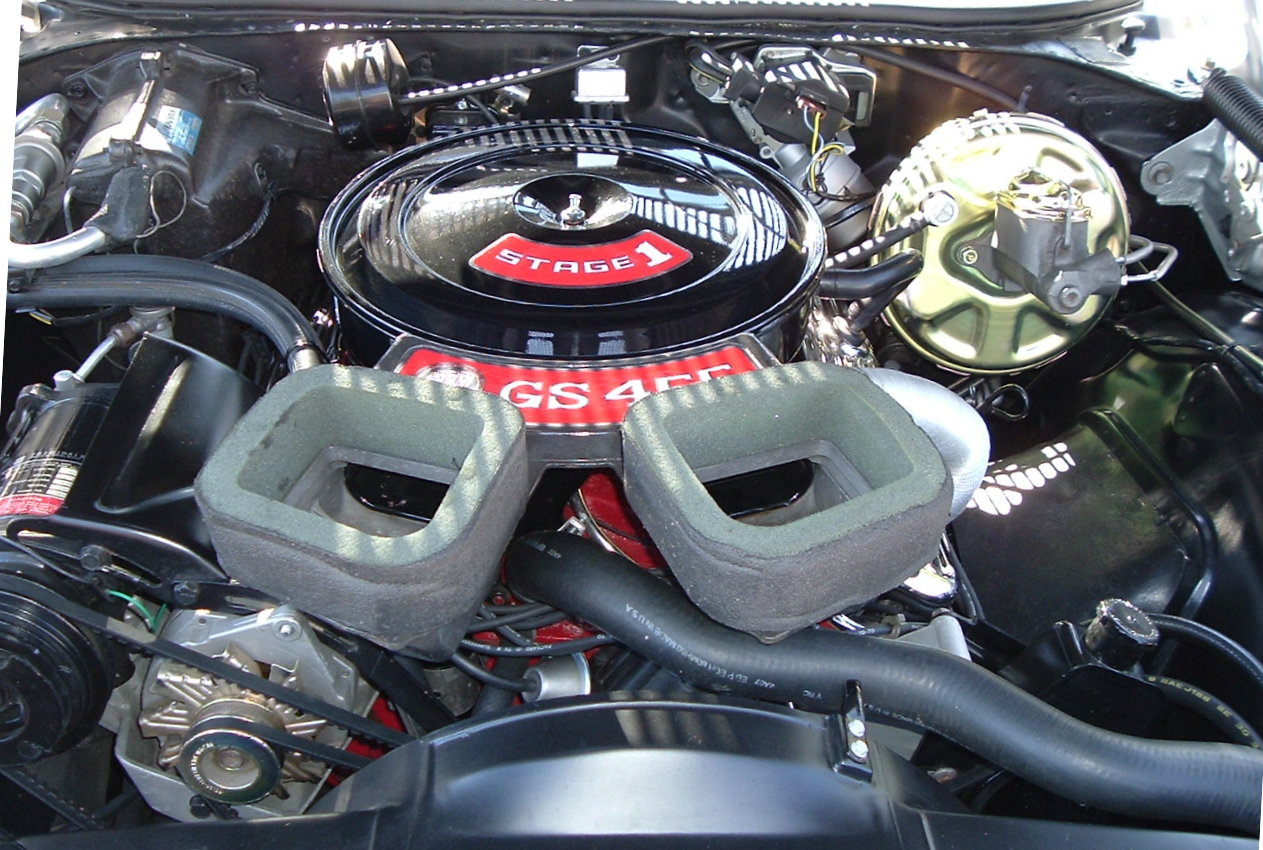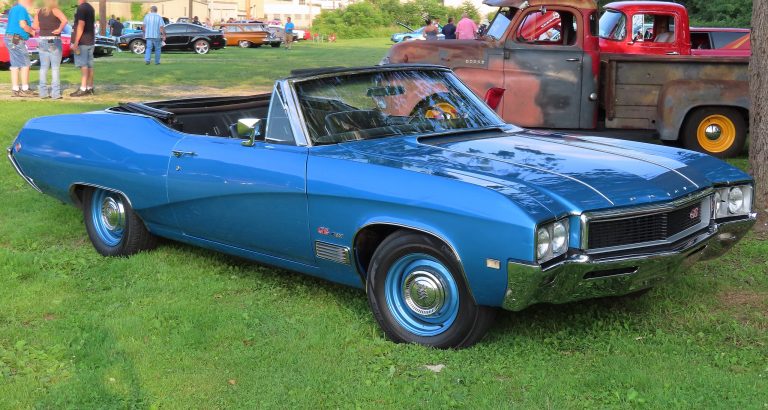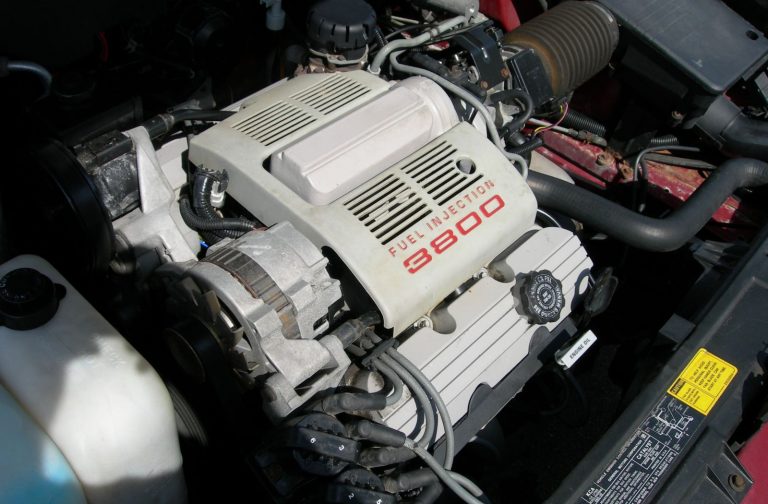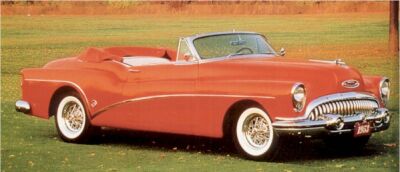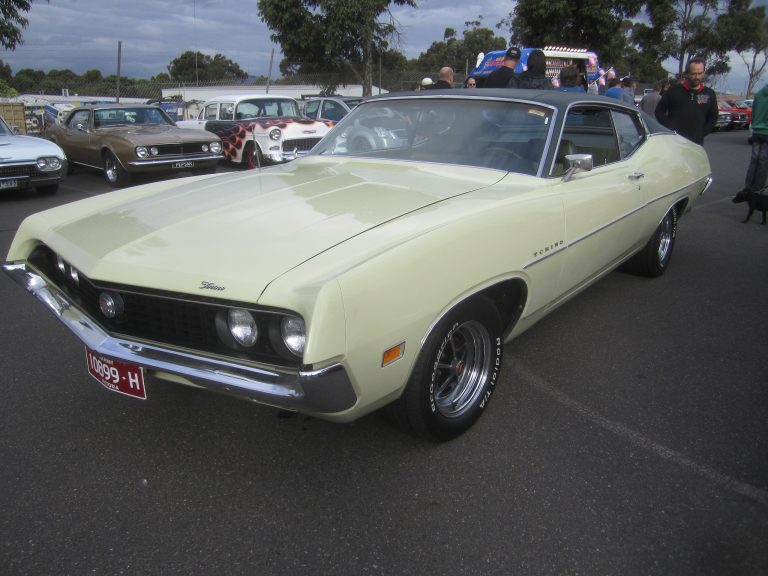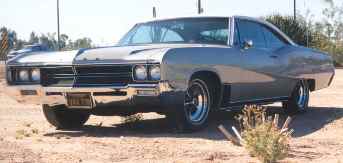Best Buick 455 Upgrades

Meet Chandler
Chandler has a bachelors and masters degree in history as well as a passion for classics and muscle cars. His education and historical knowledge makes him skilled at crafting highly detailed articles about America’s muscle cars and automotive history. His love of muscle cars is undeniable, with him seeking them out at every opportunity during his visits to auto shows and car meets. Chandler’s knowledge and enthusiasm towards automotive history make him a great asset to the Muscle Car Club community.
Long known as one of the top muscle engines of all time, the Buick 455 V8 is still very popular in the 2020s. From the factory, the big-block V8 produced as much as 370 horsepower and 510 lb-ft of torque, and it was one of the fiercest competitors of the 1970s. Today, many enthusiasts still find the old-school Buick 455 to be one the top muscle car power plants, and it’s hard to disagree. With massive displacement, a very stout bottom end, and massive torque capabilities, the Buick 455 really has it all. Let’s look at some of the ultimate Buick 455 upgrades for those looking to begin their builds.
Make sure to check out our other Buick content, including our Buick 3800 engine guide, Buick 455 engine guide, and our Buick Gran Sport guide.
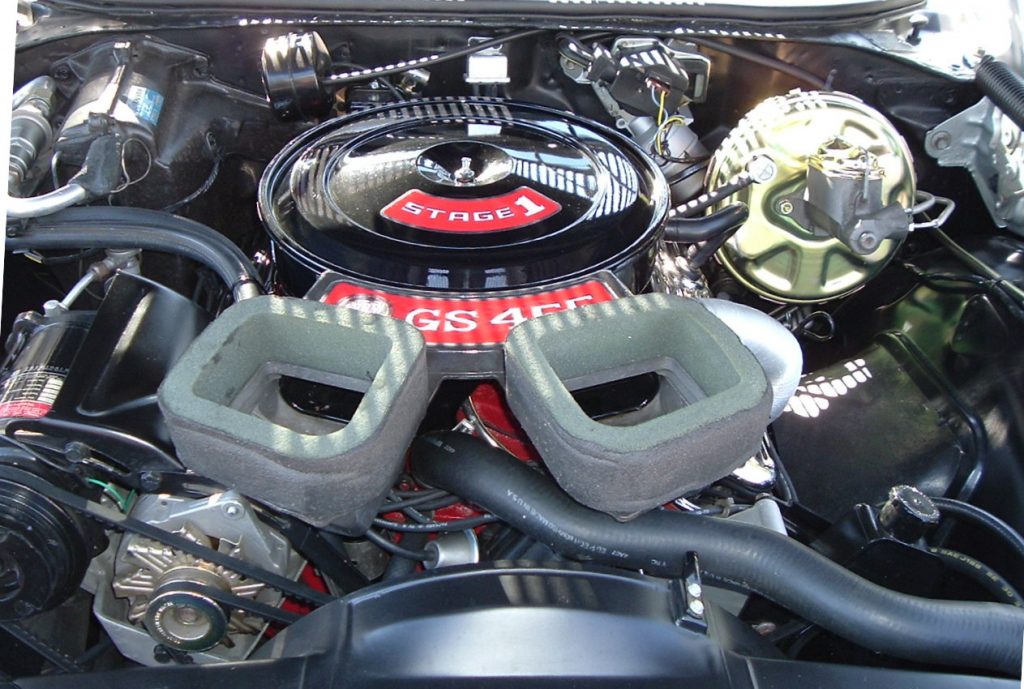
Buick 455 V8 Basics
Buick built the 455 V8 for only seven model years from 1970–1976. Still, they stuck the massive 7.5 liter engine inside some of their most iconic cars, including the Buick Wildcat and Buick Riviera. It also powered Buick’s starring entry into the muscle game, the Buick Gran Sport. In the GS, the 455 produced as much as 370 horsepower and 510 lb-ft of torque.
Buick based the 455 on the smaller 400 V8 they had introduced in 1967. In 1970, they bored the 400 out an additional 55 cubic inches to reach the 455 plateau. This put it on par with the General Motors’ counterpart Oldsmobile “Rocket 455” V8, which debuted in 1968. It also matched the Pontiac 455 V8 their other GM counterpart put out in 1970, too.
For those looking to start their Buick 455 build, there’s a few things to keep in mind. To begin, not all 455s are the same, not by a longshot. Buick put the hotter and more powerful versions inside cars like the Wildcat and Gran Sport. Others like the Buick Century or Estate got less powerful versions. Differences included the cylinder heads, camshaft, intake manifold, carburetor, and internals.
Compression is also something to think about. Originally, the 1970 Buick 455 had either 10.0:1 or 10.5:1 compression. That dropped down to 8.5:1 from 1971–1974, and further to 7.9:1 for 1975–1976. Depending on your build, you might want to consider a different compression ratio from a different head-piston combo for optimal street, track, naturally aspirated, or boosted performance.
How to Build the 455 Buick V8
Now let’s get into how to build the engine and what the best Buick 455 upgrades are. To start with, you will want to work on two main areas to improve airflow: induction and exhaust. From the factory, these are some of the most restrictive parts of the car, and getting higher-flowing versions will help boost horsepower and torque.
After letting the engine breathe better, you’ll want to start opening it up and working on the internals. That means a more aggressive camshaft, ported or high-flow cylinder heads, forged internals, and potentially even a supercharger or turbocharger(s). Staying naturally aspirated, one can easily make more than 500 horsepower out of the Buick 455. If you plan on adding forced induction, the sky is truly the limit, and the 455 is known for making lots of power.
Other Considerations
Before slapping on anything, you’ll want to consider the health of your engine. If you are not using a new long block and internals, you definitely need to verify the engine is still in good working condition. After all, it has been 40+ years since it was built. High-mileage V8s from the 1970s are not good candidates for lumpy camshafts and superchargers. They probably will not end up lasting very long if they are installed.
If you really want your Buick 455 upgrades to last, consider starting off with a new or machined short-block and internals. The cost is obviously more, but it’s really the only way to guarantee any sort of longevity.
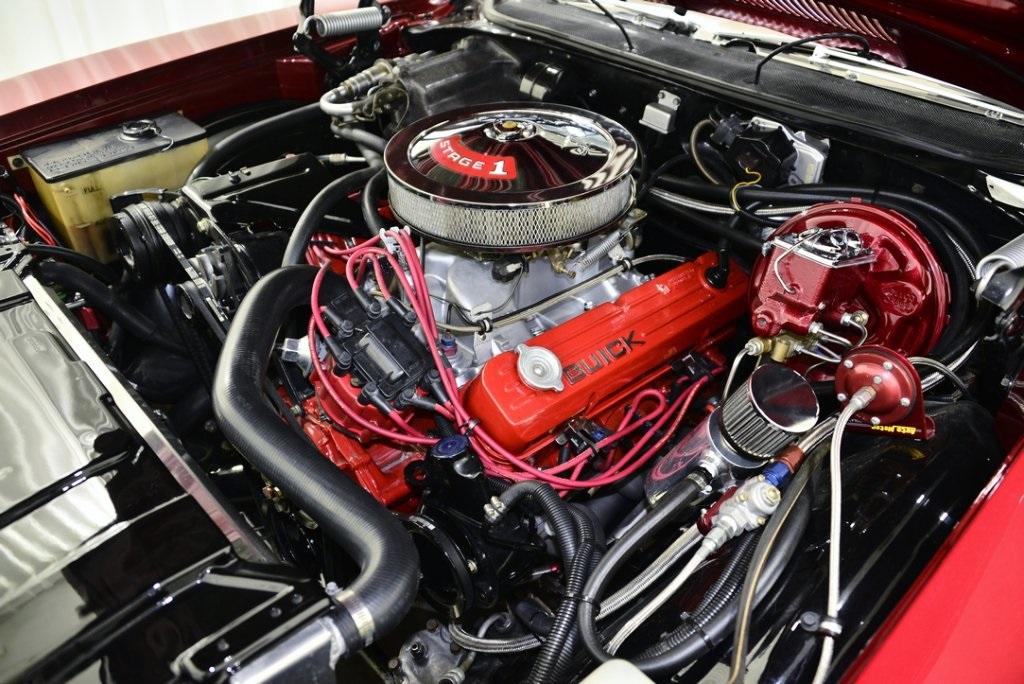
Starting Buick 455 Upgrades
Let’s begin with the basic Buick 455 upgrades:
- Long-tube Headers
- Dual-plane Intake Manifold
- 750+ cfm Quad-barrel Carburetor
When looking at Buick 455 upgrades, the first thing you are going to want to look into are long-tube headers. Headers, which is another name for an exhaust manifold, are the most important part of a naturally aspirated engine’s exhaust. The headers connect directly to the exhaust ports on the cylinder heads. They direct the air out of the engine and towards the cat-back and mufflers.
By upgrading the headers from a stock exhaust manifold, your engine will experience decreased back pressure and better scavenging. That will equate to more horsepower and torque. Back pressure is what inhibits air from leaving the engine, so reducing the restriction will increase exhaust flow. A higher-flowing exhaust will be capable of better scavenging, or replacing dirty air with clean air in the engine, resulting in better performance.
For a naturally aspirated build, 2.5” headers are a good sized diameter. For those considering forced induction, you will want something that flows a little bit better. Something like 3” through 500 horsepower and 3.5” for 500+ horsepower should do the trick.
Intake Manifold and Carburetor
After taking care of the exhaust, the next Buick 455 upgrades you’ll want to consider are a dual-plane intake manifold and larger 750+ cfm carburetor. The intake manifold connects the carburetor to the cylinder heads. There are two main designs: single or dual-plane. For most street builds, a dual-plane intake will be the best choice. They offer a much wider power band with a lot more low and mid-range torque. Single-plane intake manifolds are good for boosted applications that spend most of their time above 6,000 rpm.
For the carburetor, a 750 cfm Rochester QuadraJet is always a very good option. Some people will also use a Holley 750 double-pumper, but a “Q-Jet” will offer much better performance on the street and pairs much better with a dual-plane intake manifold. From the factory, only the most powerful of the Buick 455 V8s came standard with a 750 cfm carb, and they are a great place to start for street builds.
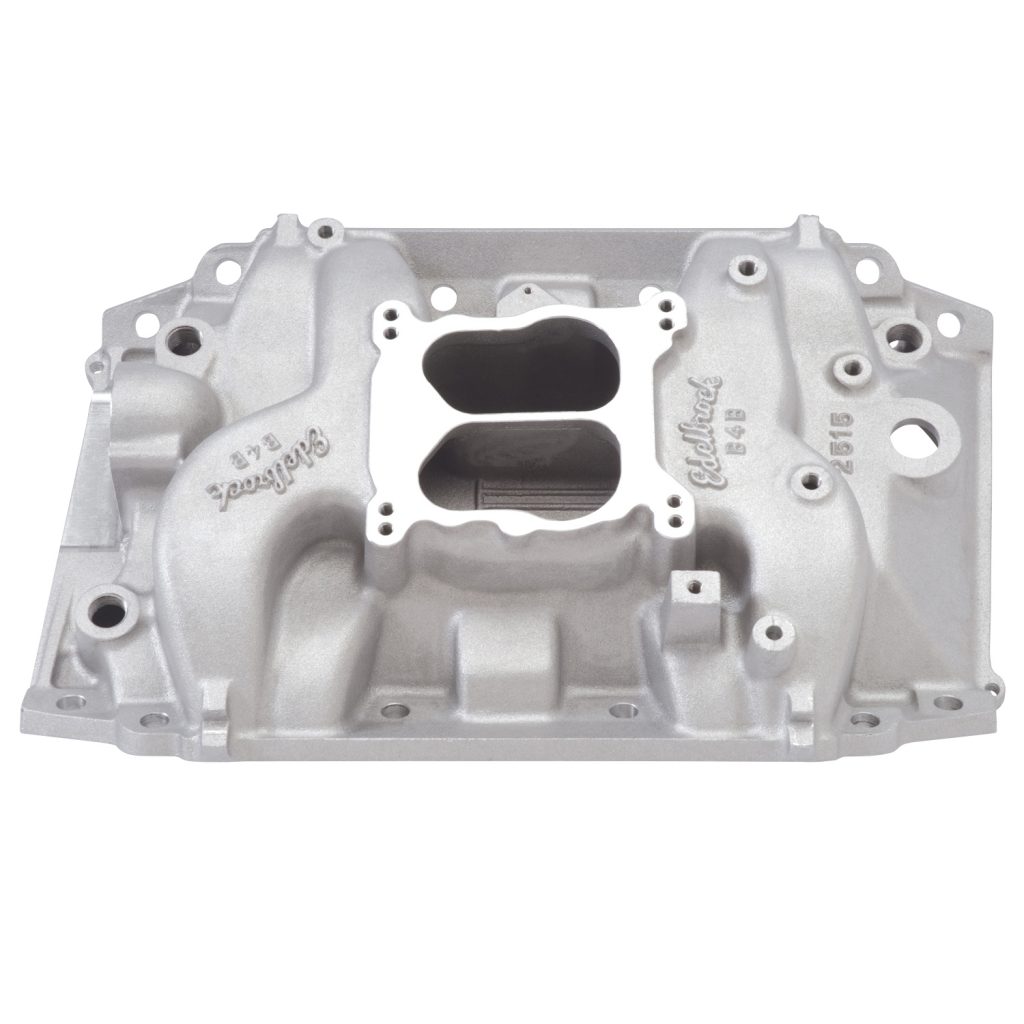
More Advanced Buick 455 Upgrades
Now, for the more advanced Buick 455 upgrades:
- More Aggressive Camshaft
- Ported or High-flow Cylinder Heads
- Forged Internals
- Electronic Fuel Injection (EFI)
- Supercharger or Turbocharger(s)
After getting your feet wet with a new dual-plane intake, a bigger carb, and some long-tube headers, the next step is to start digging inside the engine. Depending on which version of the 455 you are starting with, a hotter camshaft can be a great modification. The Buick 455 is an overhead valve engine, so there is just a single in-block, flat-tappet camshaft. The purpose of the camshaft is to regulate the duration and lift that the intake valves open on the engine.
By installing a more aggressive camshaft, you can increase the amount of time the valves are open (duration) as well as how much they open (lift) to gain a lot of extra ponies. For a good street build, the TA Performance 212 hydraulic flat-tappet camshaft is a great choice. It has 218°/230° of duration, a 112° lobe separation angle, and 0.0459”/0.470” of valve lift.
When upgrading the camshaft, you will want to make sure it works well with whatever chosen intake manifold you have. You will also want to make sure it plays well with whatever heads you plan on using. For upgrading the Buick 455 cylinder heads you have two options: getting them ported and polished or replacing them with high-flow options. Porting and polishing removes any imperfections to help increase airflow, while high-flow heads are simply designed to move more air in the first place. High-flow heads will net more power, but they are also much more costly to invest in.
Forced Induction & Forged Internals
For those looking to make the most power out of their Buick 455 upgrades, you will have to look into forced induction. That means either a big supercharger or a turbocharger or two. Staying naturally aspirated, you will probably be limited to around 500-550 horsepower on the Buick 455. By adding just a few PSI of boost, however, you can easily crack 600-650 horsepower.
If you plan on adding forced induction, it might be worth considering a change to electronic fuel injection (EFI) from a carburetor. EFI is much more fuel efficient and much better for performance and tuning. It’s not a cheap swap, but it will be immensely beneficial for your build.
Depending on how much horsepower and torque you plan on achieving with your build, you will want to consider your internals, meaning the crankshaft, connecting rods, and pistons. While your average street build will be fine with relatively modest internals, if you want to start adding boost and really cranking out the power you will definitely want to look at completely forged internals. These will stand up to increased torque and cylinder pressures, allowing your build to last many miles.
Summary
Overall, the Buick 455 V8 is a solid engine for upgrades. For those just starting out on their Buick 455 builds, the first things to upgrade to are long-tube headers, a dual-plane intake manifold, and a larger 750+ cfm carburetor. By adding these mods, you can easily blow past 400 horsepower and will really help liven up the power band.
For those looking at cranking out even more horsepower and torque, your next mods would be a more aggressive camshaft, higher-flowing or ported cylinder heads, and potentially even a supercharger or turbocharger(s). At that stage, you will definitely need to consider forged internals and maybe even electronic fuel injection.
Staying naturally aspirated, the Buick 455 can produce around 500-550 horsepower. For those interested in making more, you will need some sort of forced induction to get past 600 horsepower and above.
FAQ
Staying naturally aspirated, the Buick 455 can produce around 500-550 horsepower. For those interested in making more, you will need some sort of forced induction to get past 600 horsepower and above.
The best Buick 455 upgrades are a dual-plane intake manifold, 750+ cfm carburetor, and a pair of long-tube headers. From there, porting the cylinder heads, adding a more aggressive camshaft, and potentially utilizing a supercharger or turbocharger(s) are the more advanced mods.

